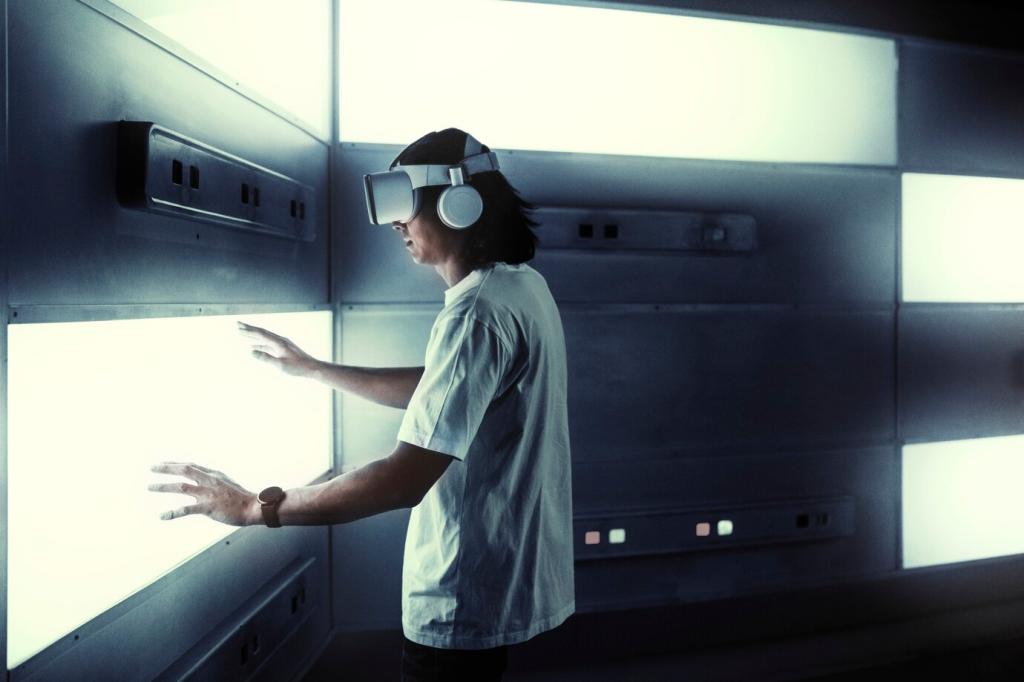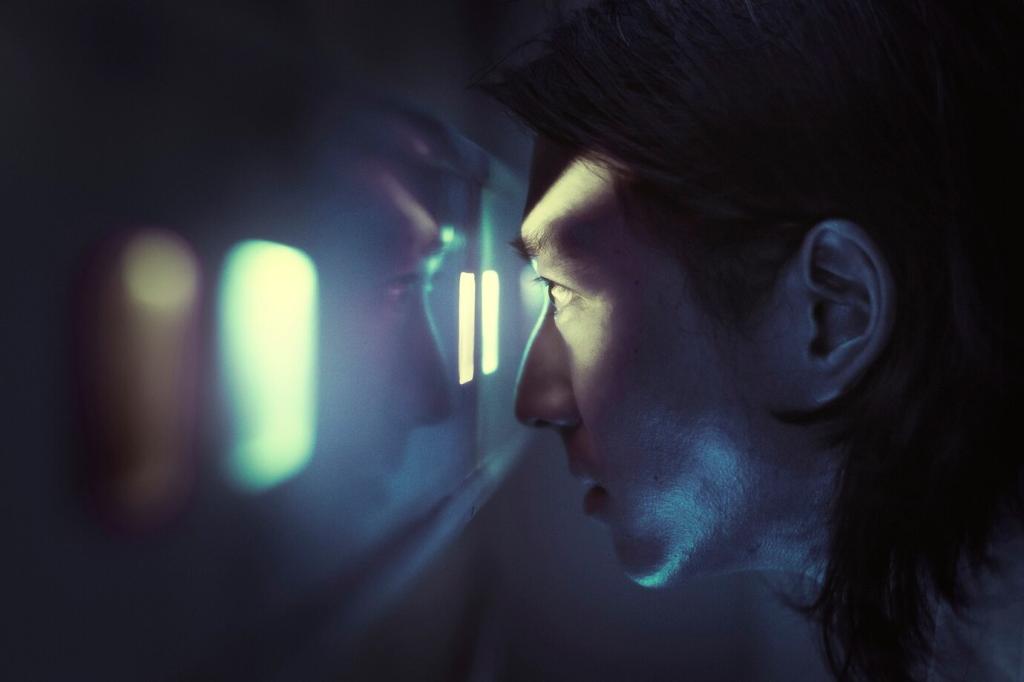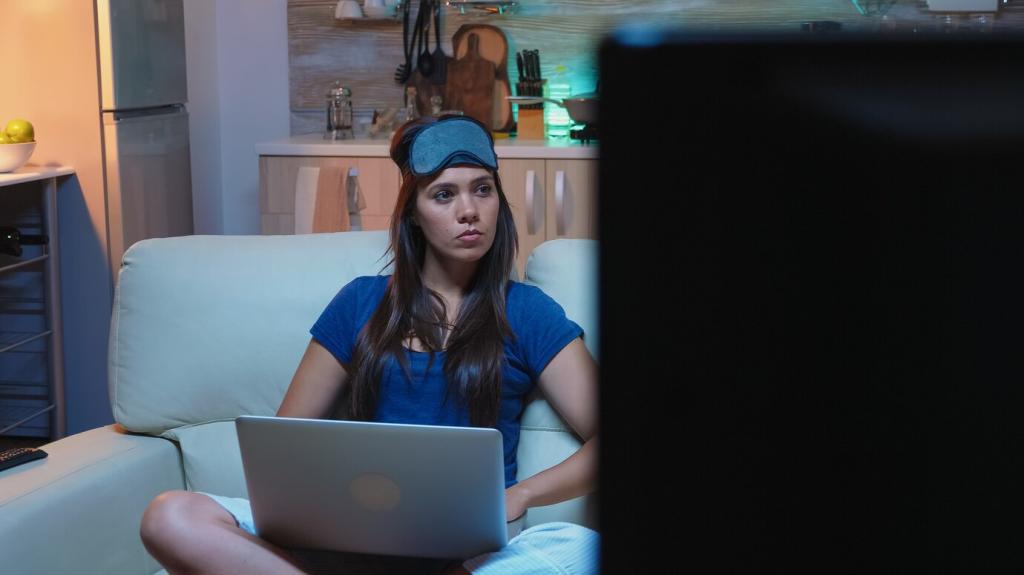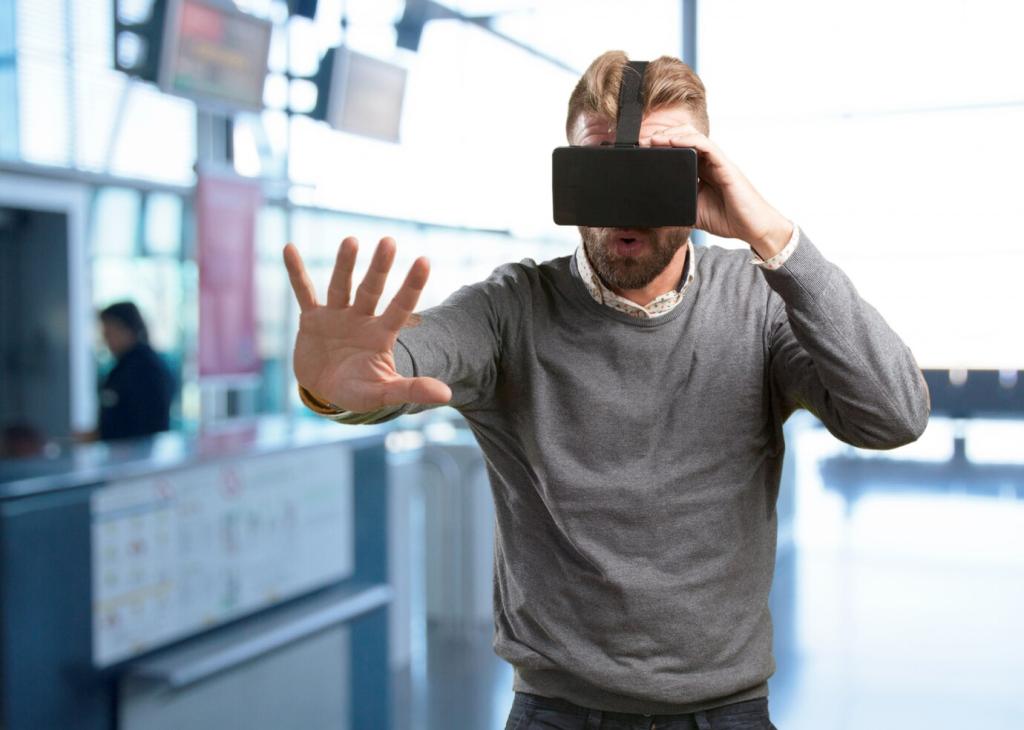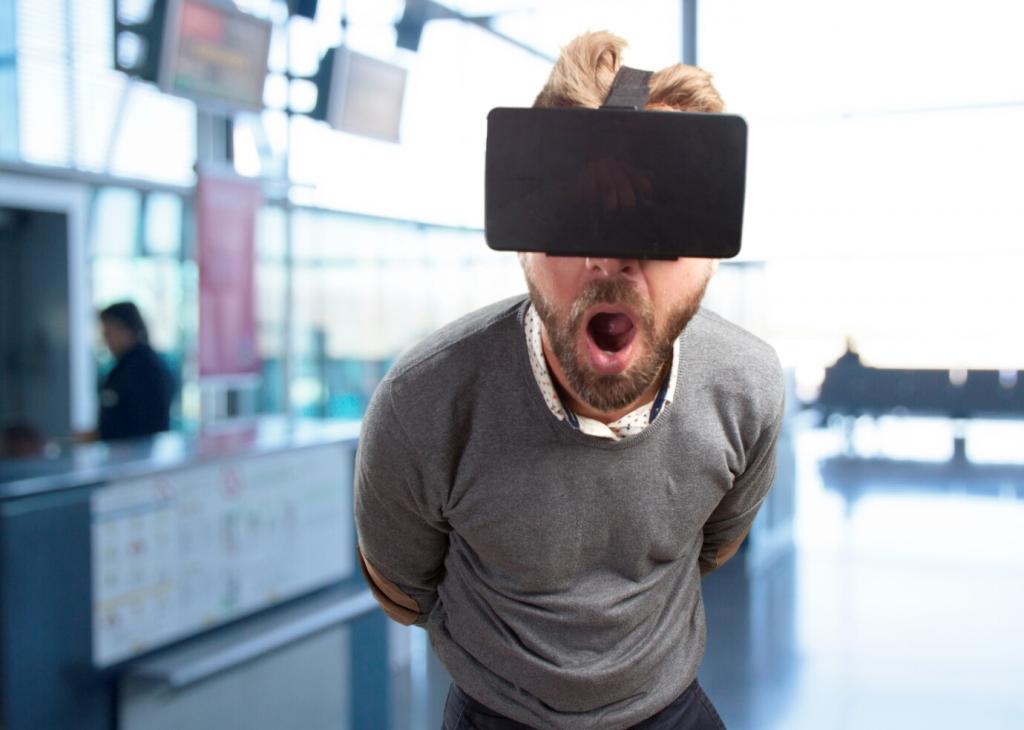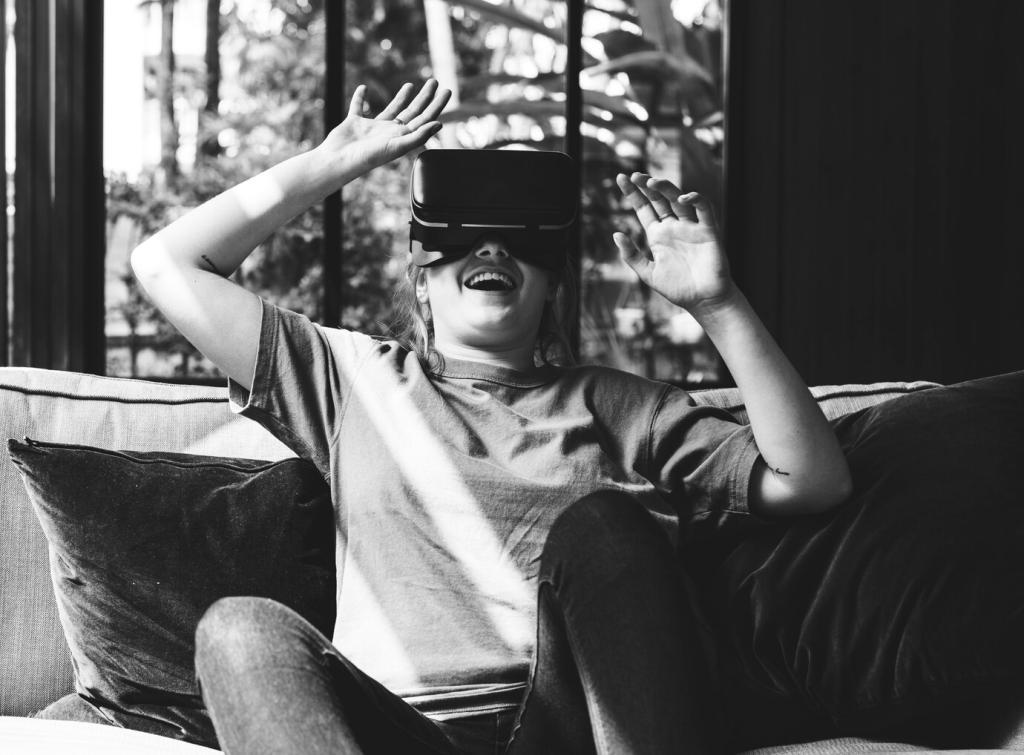Rights, Personhood, and the Future of Care
Some propose baseline anti-abuse rules to avoid normalizing cruelty toward lifelike agents. Others fear anthropomorphism will dilute human rights. Where do you stand, and how might design discourage dehumanizing habits without granting personhood?
Rights, Personhood, and the Future of Care
Exposure therapy coaches and social rehearsal avatars can help, but require clinician oversight, clear crisis handoffs, and strict data minimization. Would you trust a synthetic therapist adjunct, and under what monitoring, auditing, and sunset provisions?

